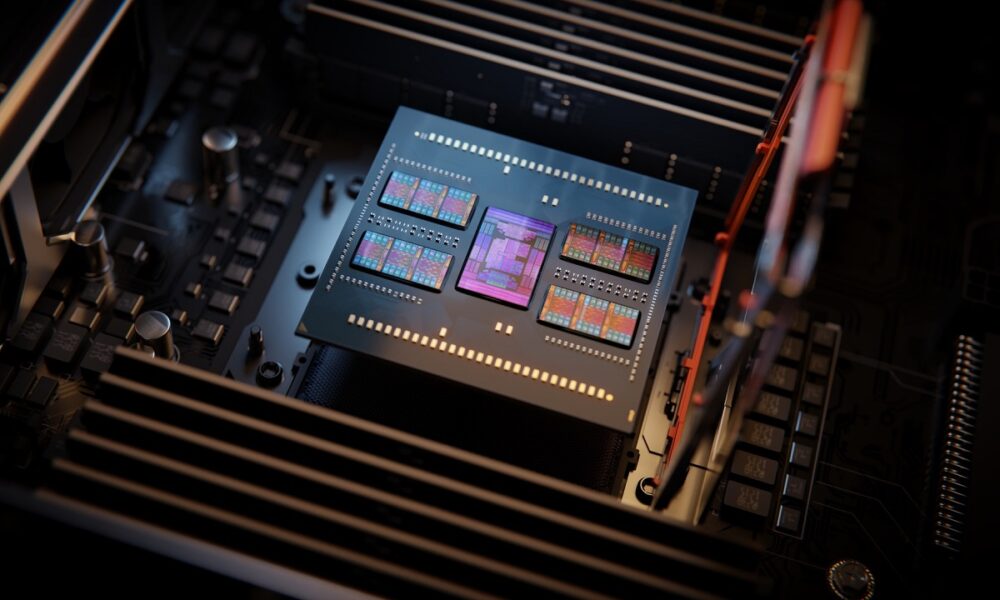
EPYC processors allowed AMD to regain its position in the supercomputing industry, and thanks to the advances that the Sunnyvale company has made during the last five years we have seen a great evolution in terms of performance and efficiency.
It is not a trivial matter, we just have to think that the debut of the first generation of EPYC processors, known as Naples, used the 14 nm node, had configurations of up to 32 cores and 64 threads at a maximum of 3.2 GHz and its TDP was 180 watts. With the second generation models, based on Zen 2, AMD doubled the number of cores and threads (64 and 128), greatly increased IPC, jumped to the 7nm node, and maintained a 200 watt TDPa more than reasonable figure taking into account the generation gap.
With EPYC Milan, based on Zen 3, performance and efficiency were further improved, although AMD focused mainly on IPC, i.e. single-thread performance. Now, with EPYC Genoa, based on Zen 4, the company led by Lisa Su has reached the 96 cores and 192 threadsthe CPI has improved again (14% more compared to the previous generation) and has maintained the TDP at a base level of 320 watts.
Forrest Norrod, Senior Vice President and General Manager of AMD’s Data Center Solutions Group, recently commented:
“Innovation in high-performance computing has a major impact on society, advancing groundbreaking research that has the potential to vastly improve the quality of life for people around the world. AMD is constantly innovating and evolving our EPYC processors and Instinct accelerators to ensure that scientists and researchers working in the solving the most difficult challenges in the world have the most avant-garde tools for their investigation”.
All these advances that AMD has achieved have returned to the company a greatness that it had lost after the poor results of the Bulldozer architecture, and as we anticipated, it has allowed it to gain a presence in the supercomputing sector. The “Top500” list that includes the most powerful supercomputers in the world allows us to see that 101 use AMD componentsand the most powerful of the list, the Frontier supercomputer, is configured with AMD CPUs and graphics accelerators.
AMD is also featured on the Green500 list, where it ranks number two with the Frontier Test and Development System (TDS), and number six with the complete system. The company has also strengthened its relationships with key partners in the supercomputing and data center markets, including such big names as HPE, Microsoft and Lenovoand continues to promote the Open source based AI.



